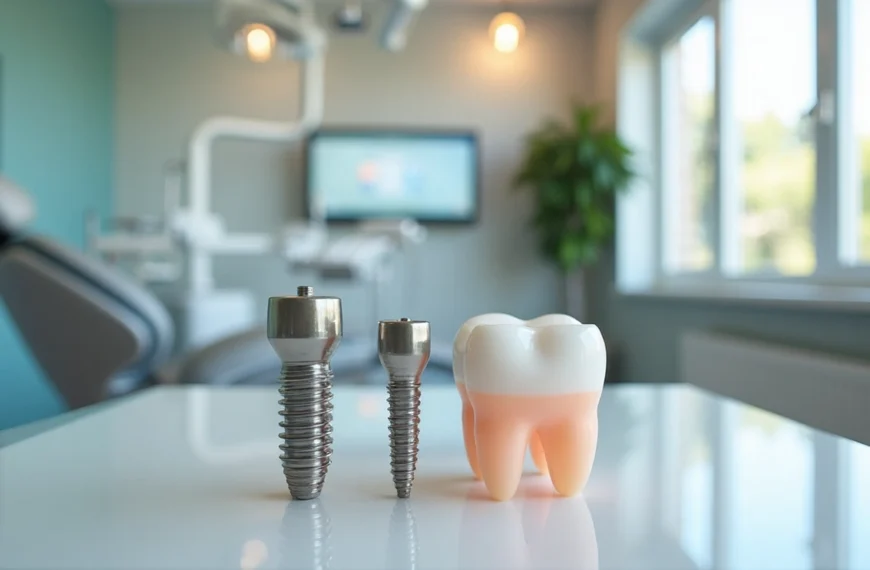Home upgrades are exciting, but the hidden costs of home renovations can derail even the best budgets. Before you pick up that sledgehammer, make sure you know what expenses might sneak up on you.
Home renovations cost significantly more than most homeowners expect, with 2025 projections showing a staggering 40% increase from previous years. What seems like a straightforward kitchen upgrade or bathroom remodel often transforms into a financial nightmare that catches homeowners off guard.
Actually, behind the glossy renovation shows and picture-perfect home improvement magazines lies a complex web of hidden fees, technological requirements, and contractor markups that can double your initial budget. From unexpected digital consultation charges to mandatory smart home integrations, the real costs extend far beyond basic materials and labor.
This comprehensive guide exposes the truth about renovation expenses in 2025, revealing industry secrets and providing practical solutions to protect your wallet. We’ll break down current market rates, uncover hidden costs, and share proven strategies to keep your home improvement project on budget.
1) The Real Cost Numbers in 2025
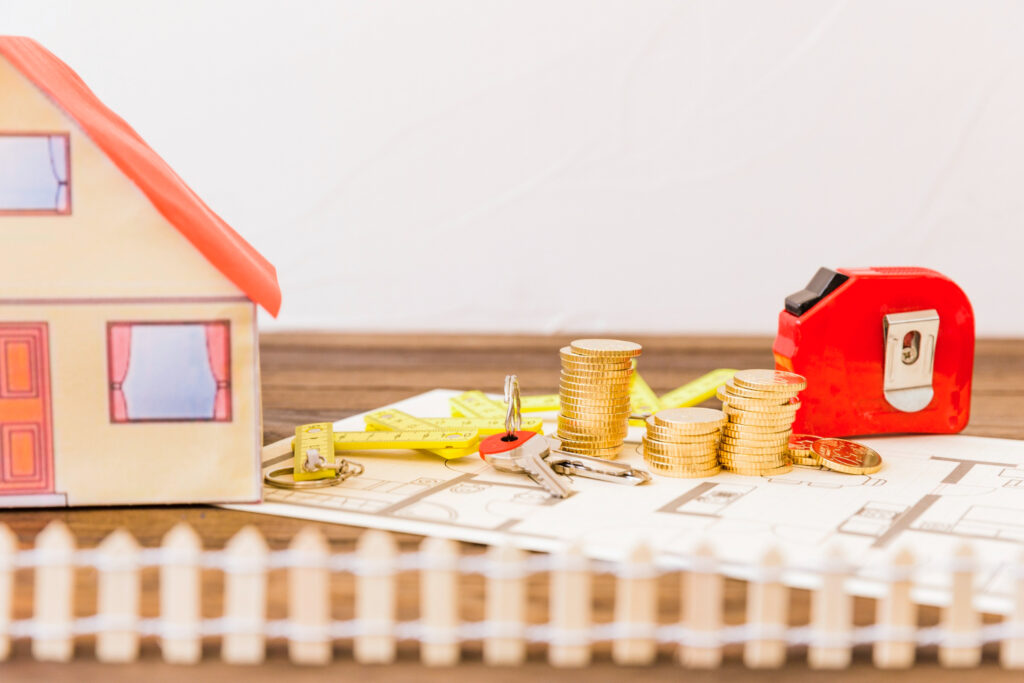
Recent market analysis reveals basic home renovations now range from $15 to $150 per square foot. Furthermore, complete house renovations average $52,283, with costs spanning between $19,492 and $88,406.
Current Market Rates vs. 2024
The construction landscape has shifted notably in 2025. Labor expenses have climbed 3.8% over the past 12 months, while material costs show a modest 0.6% increase. Specifically, the remodeling market size has expanded by $30 billion, reaching a total of $509 billion in 2025.
Labor Costs in Different Regions
Metropolitan areas command premium rates compared to rural locations. The national average for labor costs increased by 0.7% in the last quarter. Meanwhile, regional variations show stark differences—urban contractors often charge 10% to 20% more for project management. The construction industry faces a significant challenge, needing to hire 454,000 new workers beyond normal demands to meet building needs.
Material Price Trends
Material costs present a complex picture in 2025. The national average decreased by 0.4% over the past quarter. Primarily, manufacturers maintain cautious production levels, preventing sudden price drops. Supply chain adjustments continue to influence costs, with experts projecting 5% to 7% increases throughout 2025.
Older homes typically incur higher renovation costs due to necessary updates in wiring, plumbing, or asbestos removal. Foundation repairs alone can range from $2,200 to $7,700, while essential system upgrades like HVAC installations cost between $5,000 and $12,500.
Link to a cost guide from HomeAdvisor or a DIY safety article from This Old House.
2) Hidden Fees That Shock Homeowners
Beneath standard renovation expenses lurk unexpected fees that catch homeowners off guard. These hidden costs often push budgets beyond their limits, requiring careful consideration during planning phases.
- Digital Consultation Charges
Professional contractors now charge between $250 and $2,000 for initial consultations. Virtual renovation services start at $5 per digital rendering, primarily covering structural elements like flooring, walls, and kitchen remodels. Additionally, detailed plans and renderings require separate payments, along with product sample reviews. - Smart Home Integration Costs
The average home automation system ranges from $2,000 to $7,000, with most homeowners spending approximately $5,500 for basic smart features in three rooms. The main processor alone costs between $4,000 and $10,000, depending on home size and desired functionality.Ongoing maintenance adds another layer of expense:- Annual service plans range from $100 to $200
- Battery replacements every 2-3 years for wireless devices
- Regular software updates and technical support
- Supply Chain Surcharges
Supply chain disruptions continue affecting renovation timelines and costs. Contractors face material availability challenges, often resulting in additional expenses. Material stockpiles are expected to diminish by February 2025, consequently leading to longer wait times and higher costs.
The construction industry requires 454,000 new workers beyond normal demands, causing labor shortages that drive up skilled trade costs. Primarily, regions with significant high-tech projects struggle with skilled labor shortages. Moreover, smart home systems cost approximately 30% more than traditional electrical installations, with integration fees and programming costs adding to the final bill.
3) Why Your Budget Will Break
Statistics reveal a startling truth: only 36% of homeowners complete their renovations within budget. The combination of economic pressures and market dynamics creates a perfect storm that breaks even carefully planned budgets.
- Inflation Impact on Materials
The construction industry faces unprecedented material cost increases. Floor coverings have risen 7.2% year over year, primarily affecting renovation costs. Window coverings show a 16.2% increase, essentially making every aspect of home improvement more expensive.The most significant price jumps include:- Living room and kitchen furniture: 19.9% increase
- Bedroom furniture: 13.7% rise
- Appliances: 8.5% surge
- Decorative items: 6.3% growth
- Contractor Markup Secrets
Undeniably, contractor markups form a substantial portion of renovation costs. Over 30% of builders mark up projects by 25% or more. These markups typically cover four essential areas: project management and coordination, material procurement, operating costs, and supervision.
The Technology Cost Trap
Modern home renovations face a new financial challenge: the technology cost trap. Smart home systems now add between $19,514 and $87,474 to renovation budgets, fundamentally changing how homeowners approach improvements.
- Smart Home Requirements
The basic smart home setup demands substantial investment, primarily ranging from $4,000 to $10,000 for the main processor alone. Lighting control systems cost between $4 and $7 per square foot. - Key Smart Home Components
- Security systems: $1,000 to $5,000
- Automated HVAC controls: $4,000 to $7,000
- Lighting automation: $15 to $3,000
- Network infrastructure: $500 to $2,000
4) How to Actually Save Money
Smart planning strategies can slash renovation costs by 20-50% off retail prices. Understanding the right approaches to timing, tools, and materials makes the difference between staying on budget and watching costs spiral.
- Digital Planning Tools
Online renovation tools help track budgets and contractor expenses while estimating how upgrades affect home value. Apps like Houzz provide virtual reality features to visualize pieces before purchase, preventing costly mistakes. - Timing Your Renovation
Winter presents the perfect opportunity for indoor renovations, as contractors typically charge less during this off-season period. Fall also offers strategic advantages, with lower material prices and contractor availability. - Material Alternatives
Alternative building materials like concrete sheet, stone veneer, and engineered wood offer cost-effective solutions. Salvage yards and Habitat for Humanity ReStores provide unique architectural elements and high-quality materials at substantial savings.
Looking to renovate further? See our guide to remodeling your kitchen on a budget.
Conclusion
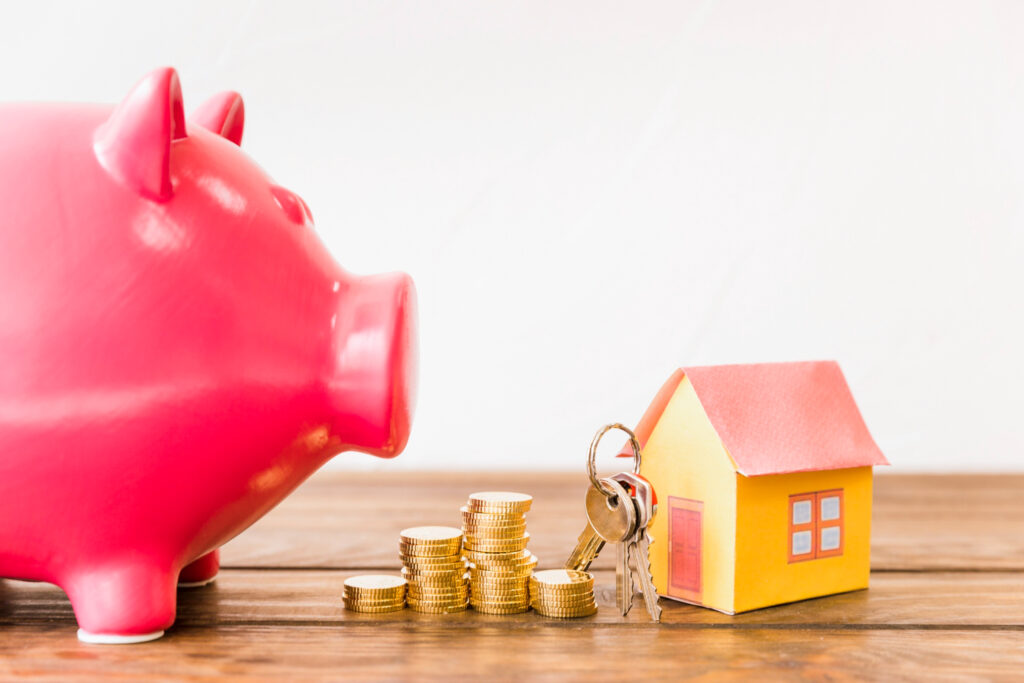
Home renovations present more financial challenges than ever before, with 2025 bringing unprecedented cost increases and technological requirements. Smart planning makes the difference between a successful renovation and a budget disaster. By understanding market rates, contractor markups, and hidden fees, homeowners can make informed decisions to achieve their desired home improvements while staying on budget.


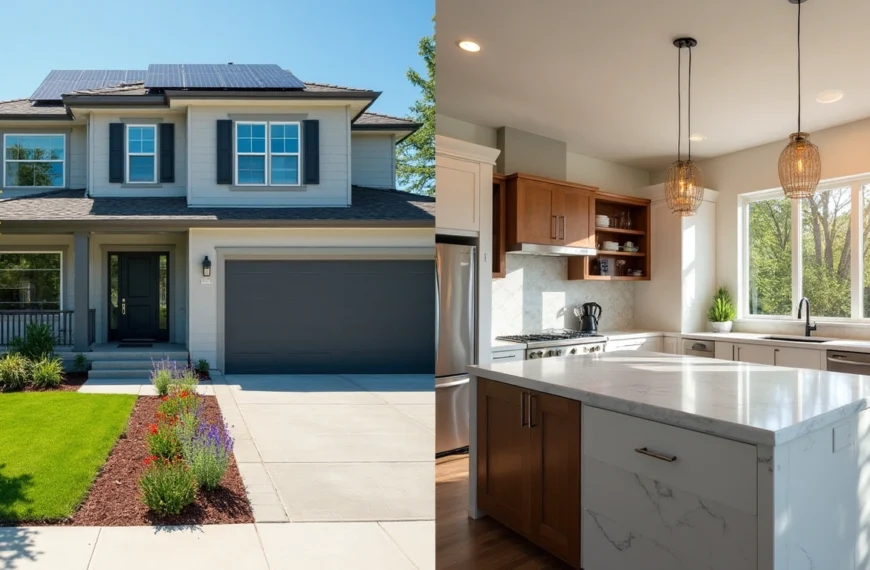
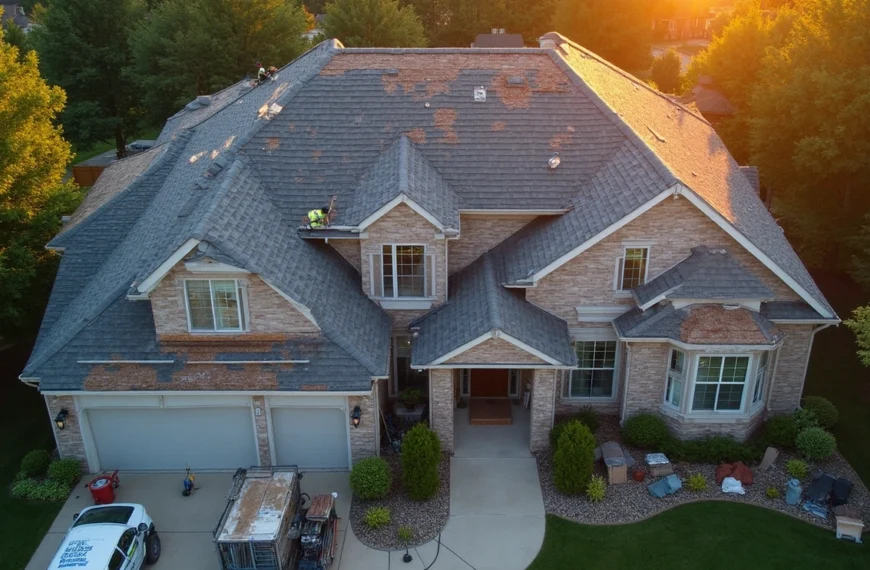
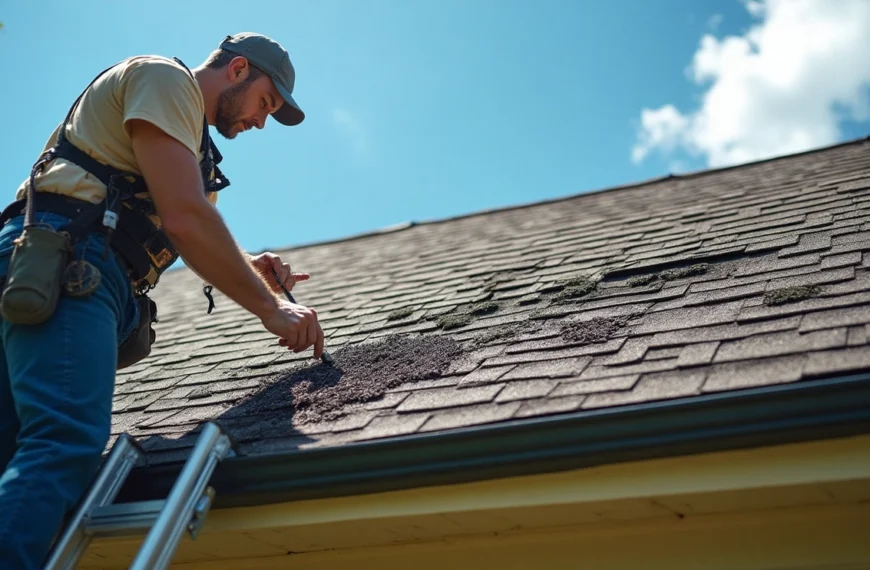








![No Win No Fee Lawyers: The Hidden Truth About Settlement Cuts Legal representation through no win no fee lawyers gives clients a way to fight cases without paying anything upfront. Many clients don't know that these services take a big chunk of money after winning the case. Lawyers usually take 25% to 40% of what you win as their contingency fee. The amount lawyers take from settlements can add up fast. A $100,000 settlement means your attorney gets $30,000 if they charge a 30% fee after winning your case. Your solicitor's cut might be £10,000 from a £30,000 compensation award, based on your agreement percentage. This payment model stays pretty much the same for no win no fee lawyers in different places, though percentages can change. This piece breaks down what you need to know about contingency fee deals. You'll learn about standard fee ranges, extra costs beyond the basic fee, and times when this payment setup might not work in your favor. Smart clients should think over these money matters before signing up with a lawyer to make better choices about their legal help. What No-Win No-Fee Really Means Image Source: Express Legal Funding A no-win no-fee arrangement, also called a Conditional Fee Agreement, changes the way people get legal help. This payment approach removes the need to pay legal fees upfront and creates a partnership between clients and their attorneys. How contingency fees work No-win no-fee agreements are based on contingency fees. Lawyers get paid only when they win compensation for their clients. Most lawyers take between 25% and 40% of the final amount, based on how complex the case is and where it's filed. Lawyers take their cut after winning the case. To name just one example, see a case where a lawyer wins £30,000 in compensation with a 33% fee - they would receive £10,000. On top of that, some law firms use sliding scales where they charge less for quick settlements and more if the case goes to trial. The law requires a written agreement before any work starts. This paperwork spells out the lawyer's percentage, what costs you'll need to cover, and other key details. What happens if you lose the case The meaning behind "no-win no-fee" is clear - losing your case means you won't pay your lawyer anything. All the same, you should know about a few money-related details. You won't owe your lawyer when you lose, but some deals might make you pay for court fees, expert witnesses, or other case expenses. The other side could also ask you to pay their legal costs. Many lawyers suggest getting "After Event" insurance to protect their clients. These policies cover any costs if you lose your case, which makes the no-win no-fee setup much safer. Why lawyers offer this model Lawyers want to make legal help available to more people, so they offer these payment plans. This setup helps people who don't have much money take legal action when they have valid claims. The payment structure motivates lawyers to work hard. They only get paid by winning cases, which pushes them to get the best results possible. Lawyers carefully assess each case before taking it on a no-win no-fee basis. They usually accept cases that have a good chance of winning, since they put in lots of time and resources without any guaranteed payment. The Real Cost: How Much Do Lawyers Take from a Settlement Image Source: Greiner Law Corp. The true cost of no-win no-fee legal representation becomes clear once we look at contingency fees. Many clients feel surprised to see a big chunk of their settlement checks going to their attorney's fees. Typical percentage ranges (25%–40%) No win no fee lawyers typically ask for 25% to 40% of the total settlement amount. Personal injury attorneys usually take 33.3% (one-third) of the awarded compensation[101]. Lawyers and clients agree on this percentage before any work starts on the case. Several factors shape the final percentage. Your chances of winning, case complexity, and the work to be done play key roles in determining the attorney's cut. Some areas have laws that cap the maximum contingency fees for specific types of cases. Sliding scale based on case complexity Law firms often use a tiered fee system that changes with the case stage and complexity. This scale rewards quick settlements while paying attorneys fairly if more work becomes needed. The fee might start at 30% if the case settles before lawsuit filing. This number could climb to 35% after filing or reach 40% if the case goes to trial. Law firms often group cases by complexity: 10%-20%: Simple cases with straightforward settlements 25%-35%: Typical personal injury cases 35% and above: Complex cases requiring extensive resources Examples of payout breakdowns These ground examples show how fees affect settlements: A $15,000 settlement with a 33.3% contingency fee.pdf) puts $5,000 in the attorney's pocket, leaving $10,000 for the client. Similarly, from a $100,000 settlement with a 33% fee, the attorney gets $33,000 while the client receives $67,000[102]. Complex cases tell a different story. A $100,000 settlement with a 30% fee plus $5,000 in extra costs leaves $65,000 for the client after all deductions. These fees substantially change the client's final payout. Hidden Costs You Might Not Expect Image Source: Nelson Personal Injury Lawyers Beyond percentage-based fees, clients often feel surprised by extra costs that can reduce their final compensation by a lot. These hidden costs show up in the fine print of no-win no-fee agreements. You should think over these details before signing. Court filing and expert witness fees Legal proceedings come with unavoidable court filing fees. These charges differ by jurisdiction. They usually range from $30 for small claims to several hundred dollars for complex civil lawsuits. Expert witnesses can be expensive, with hourly rates ranging from $150 to $1,000 based on their credentials and testimony complexity. Expert witnesses charge more for court appearances than consultation work because of added pressure and prep time. Clients might still need to pay experts for their prep work even if the case settles before trial. Medical report and investigation costs Medical documentation is a vital part of many legal claims. These costs include fees to release medical records, create specialized reports, and prepare documents. Investigation costs cover evidence gathering, police reports, witness interviews, and other fact-finding work needed to build a strong case. Of course, some firms say they'll cover these expenses upfront, but clients don't completely avoid these costs. When these costs are deducted from your compensation Law firms take these expenses from the settlement amount before they calculate their percentage fee, though each firm handles this differently. Some lawyers subtract these costs after figuring out their contingency fee, which changes how much money clients end up with. Most firms pay case-related costs during the process and get their money back from the settlement. The defendant usually pays most simple legal costs and disbursements in successful cases, but not always everything. Insurance protects clients from costs in unsuccessful claims at many law firms, but this protection isn't guaranteed. Clients should review their agreements carefully since they might still need to pay specific expenses even if they lose their case. When No-Win No-Fee Might Not Be the Best Option Contingency fee arrangements give many people access to justice. However, this payment model doesn't always work in a client's best interests. Knowing these limitations helps clients make better decisions about their legal representation. Cases with unclear liability Lawyer no win no fee arrangements work best in cases where fault is clear. We assessed the probability of success before taking contingency cases. Lawyers might turn down cases if there isn't enough evidence of the other party's negligence or if liability isn't certain. Cases with multiple responsible parties create more challenges. The situation gets complicated fast when several parties share liability. Lawyers are less likely to take these cases on contingency. They need to be confident they can prove the other party's negligence before accepting a case. Low-damage or low-payout claims Small claims often don't work well with the contingency model, even with real injuries. Cases that have minimal injuries or limited financial damages might not bring enough compensation to cover legal costs. The potential settlement needs to be big enough to pay for investigations, witness interviews and court fees. Personal injury lawyers often turn down cases where the "compensation potential" is too small. This doesn't mean the claim isn't valid - it just means the economics don't add up for a contingency arrangement. Situations where hourly billing may be better Hourly billing has clear advantages in certain cases. Clients see exactly what they're paying for - every hour worked and task completed. This model works well for cases that need lots of attention but don't have clear financial outcomes. Complex litigation with opposing parties works better with hourly billing and a retainer fee. Clients have more control over their case and don't feel pressured to settle quickly. Cases that need extensive preparation but have uncertain outcomes fit the hourly model better. Lawyers can spend the time needed without worrying about contingency limits. This approach often leads to better representation, especially for complex legal issues that need special expertise. Conclusion Understanding the Full Picture Before You Sign No-win no-fee arrangements offer legal representation without upfront costs. Of course, this seems attractive at first glance. In spite of that, you need to think about how these agreements can affect your final compensation. Legal fees usually range from 25% to 40% of your settlement - but that's just the start. You'll face more deductions like court filing fees, expert witness costs, and charges for medical documentation. What looks like a "free" service ends up taking a big chunk of your compensation to cover legal expenses. These arrangements work best in specific situations - cases with obvious liability, substantial damages, and solid evidence. If you have a low-value claim or complex liability issues, traditional hourly billing might serve you better. Without doubt, you should ask for clear explanations of all possible costs before signing anything. Read the fine print closely, especially when you have to deal with expenses in unsuccessful cases. Ask to see sample settlement breakdowns that show all deductions. This helps you picture what you might actually take home. Your choice to go with a no-win no-fee arrangement depends on your situation. This model helps if you don't have money to pursue valid claims. But if you have a strong case and enough funds, other fee structures might let you keep more of your compensation. Whatever payment model you choose, knowing exactly how much lawyers take from settlements helps you make better decisions. This knowledge lets you approach legal representation with real expectations and better control over your money. FAQs Q1. What percentage of a settlement do no-win no-fee lawyers typically take? No-win no-fee lawyers typically charge between 25% to 40% of the final settlement amount as their contingency fee. The exact percentage often depends on the complexity of the case and the stage at which it is resolved. Q2. Are there any hidden costs in no-win no-fee arrangements? Yes, there can be additional costs beyond the lawyer's percentage fee. These may include court filing fees, expert witness costs, medical report expenses, and investigation costs. These expenses are usually deducted from the settlement amount before or after the lawyer's fee is calculated. Q3. What happens if I lose my case in a no-win no-fee arrangement? If you lose your case, you generally won't have to pay your lawyer's fees. However, you might still be responsible for certain expenses like court costs or the opposing party's legal fees. Many lawyers offer insurance to protect clients from these potential costs in case of an unsuccessful claim. Q4. When might a no-win no-fee arrangement not be the best option? No-win no-fee arrangements may not be ideal for cases with unclear liability, low-value claims, or complex legal issues requiring extensive preparation. In these situations, traditional hourly billing might be more appropriate and potentially more cost-effective for the client. Q5. Can I negotiate the percentage a lawyer takes from my settlement? Yes, the contingency fee percentage is often negotiable. It's typically agreed upon and formalized in writing before the lawyer begins working on your case. Don't hesitate to discuss the fee structure with your lawyer and ask for a detailed breakdown of potential costs and deductions.](https://consumersweek.com/wp-content/uploads/2025/06/No-Win-No-Fee-Lawyers-The-Hidden-Truth-About-Settlement-Cuts-870x570.webp)
